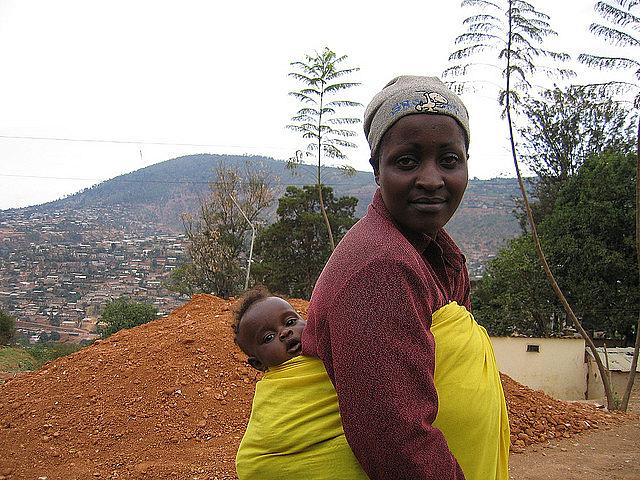The Power of Small Data: How Rwanda tried to save lives with better math

The mother brought her baby boy to be checked.
He was healthy from the looks of him, but this is what new mothers do in small communities all over the mountains of Rwanda. They bring their children to community health workers to have their temperatures taken, their sizes measured, their bodies weighed. The information is then sent via text message to the central government where it becomes part of a massive landscape of health data being collected and actively tracked by the country’s Ministry of Health.
I would not have believed it had I not witnessed it with my own eyes last summer. Rwanda? Wasn’t that the country that had lost a massive amount of its population in a genocide not that long ago?
It was actually 21 years ago. And, in that time, the country has become an example of what can be done with big data made small. The reporter in me took copious notes while I was there. I interviewed people. I jotted down minute details. I felt like I was witnessing something both remarkable and increasingly commonplace: Decision-making powered by rigorously derived data, instead of hunch and outmoded past practices.
The ministry has done this on many fronts. With cervical cancer. With indoor air pollution. With problems associated with childbirth.
Perhaps the most moving example for me came when I walked into a very small hospital in a town paved mostly in dirt. The Ministry of Health staff told me that we would be seeing a neonatology unit. I expected a concrete room with no windows – everything in the hospital was concrete with very few windows – and maybe a doctor with one or two babies in metal cribs.
I was right about the concrete room. But everything else was an order of magnitude more technologically advanced and professionally staffed than I had imagined.
The story goes like this. About three years ago, the Minister of Health, Dr. Agnes Binagwaho, reviewed findings from the Global Burden of Disease project. The findings showed where Rwanda was in relation to its peers in terms of deaths among children, especially young children.
As of 2010, a massive percentage of Rwandan children died within six days of birth. More than 7,000 children were dying annually. Another 2,000 were dying between seven days and 27 days. By comparison, Belgium, a country with roughly the same population size, lost about 300 children that young in the same year.
The minister decided to reorient the country’s clinics and hospitals to focus on those very early days. She knew that the ideal solution would be to train more medical staff in neonatology, but it would take more than a decade before the workforce was adequate to meet the need.
Thousands of babies dying from preventable causes every year required urgent action. So the health minister looked for philanthropic funding to help jump-start the effort. And she secured funding through the Ministry of Finance, too. Hospital by hospital, clinic by clinic, new incubators were installed. More importantly, nurses and doctors who previously knew very little about newborns underwent training that taught them how to spot a child in distress and the tools and procedures necessary to respond.
When I visited, more than a dozen babies – most barely a week old – lined the walls of the concrete room, some sleeping peacefully, some breathing with help from respirators, some receiving nutrients through IVs. One by one, their mothers were brought in to spend time holding them skin-to-skin and to nurse.
It will take several years to see whether this greatly changes health trends in the country compared to its peers. Within the Ministry, though, they say they already are seeing positive signs that the neonatology centers are making a difference.
This represents a small slice of data – just deaths in children in the first month of life – that was systematically tracked and tackled. It was inspiring to see, especially in a country that many had thought was a lost cause.
Next: How to make small data work for you and your audience.
[Photo by Colleen Taugher via Flickr.]

